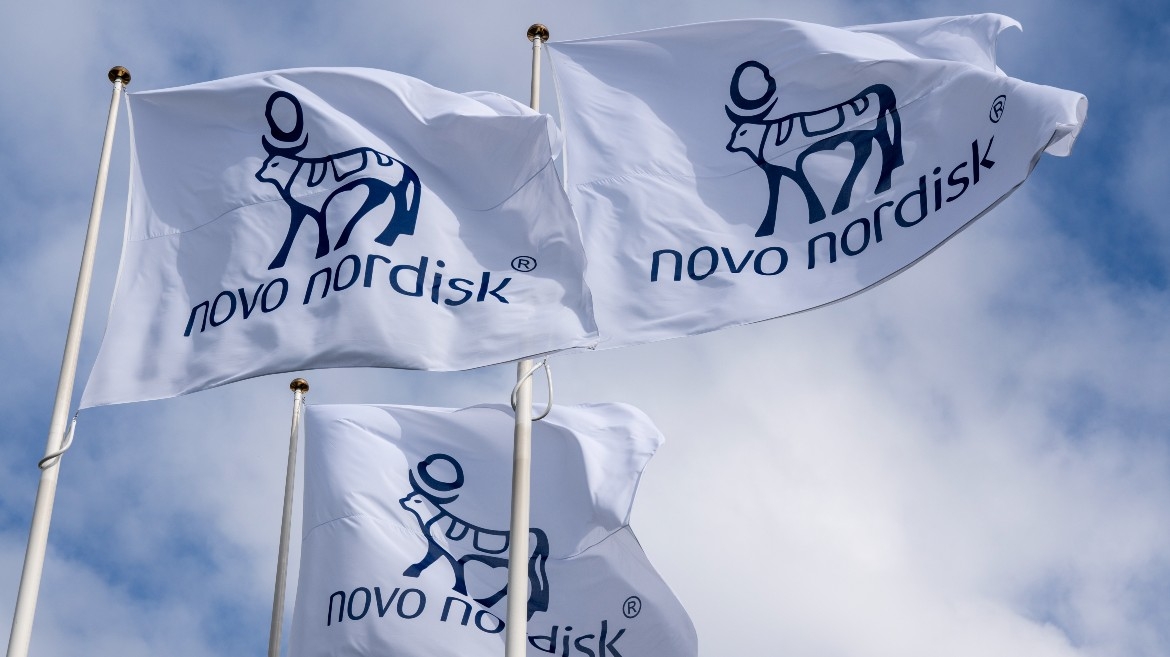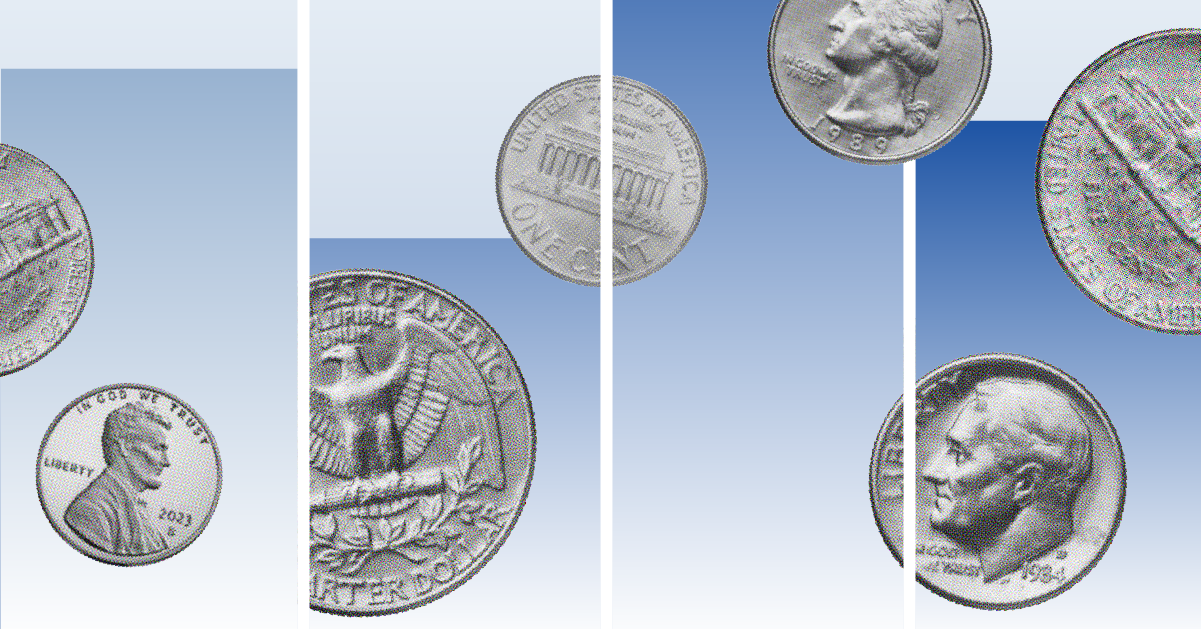Bond investing has become a topsy turvy universe – where default risk is no longer rewarded, and safe havens such as gilts are eroded by inflation.
Speaking at the Morningstar Investment Conference, Invesco Perpetual co-head of fixed income Paul Read said that it was an example at how warped by external factors the bond market had become that Apple (AAPL) – a cash rich, low-risk company was yielding more than Spanish government bonds.
“When Apple issued a bond in Spring last year, it was the biggest bond issue of all time and yielded 2.4%, it is now 3.5%. In the same period Spanish government bonds have gone from paying 4% at to and now yielding less than Apple,” he said. “So you are being rewarded more buying corporate debt of a cash rich company than a debt ridden country. To compare - 50% of US youths have Apple products or aspire to having Apple products. Fifty per cent of Spanish youth aspire to having a job.”
With so many multi-asset managers overweight equities it is hard to argue the case for bonds. Even Read admits that there are better opportunities for income out there – citing Asian equities as one example.
“My colleague is investing in blue chip Asian equities and being paid 3.5% for the privilege – that sounds like the premise for an excellent bond, but blue chips are not paying that.”
He is right. FTSE 100 companies are rewarding investors with inflation-beating dividends, but if you buy the same company’s corporate debt you will not get as high a rate of income.
One of the factors driving down bond yields is demand. The market moves so fast, that in the time analysts take to do due diligence on a bond issue, it is overpriced and oversubscribed.
Recent examples of this appetite include bond issues from Nationwide, the Spanish government and Verizon.
“There is a massive demand for income out there and it is making valuations look strange,” said Read. “As a medium term investment there is better value in the equity market – I am clearly not here to advertise.”
The difficulty for investors is coming to terms with this new low-yielding reality. In 2007 you were earning up to 5% for ‘safe’ issues – government bonds from Germany, the US and the UK. Not Germany borrows at less than 2%, meaning that investors’ income has halved in seven years.
The high yield market has been similarly slashed. In February 2011, more than 70% of the European high yield market paid more than 5%. Now it is more like 20%.
Irish government bonds pay less than All World market benchmark – when not that long ago, you wouldn’t touch Irish bonds for any yield. Similarly Greek banks’ yield is not that attractive.
“Two years ago we were getting 6/7% from Spain and Italy – and when we bought them many of our peers thought we were mad,” said Read. “Now we don’t own that much and their yields have fallen to 3%. Now everyone is buying them and no one says what are you doing?”






























